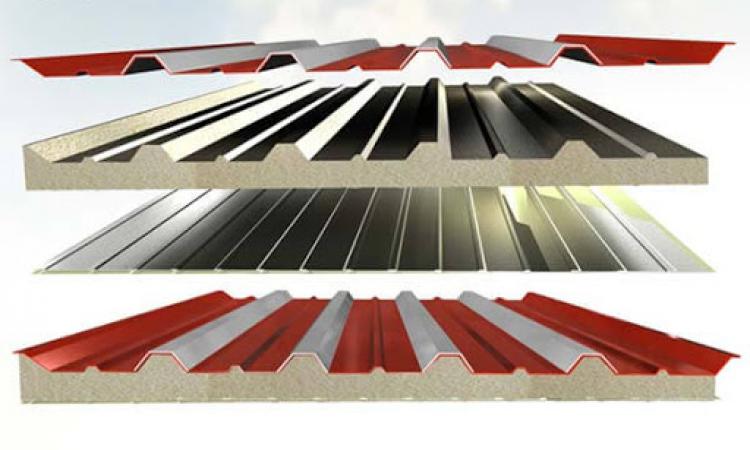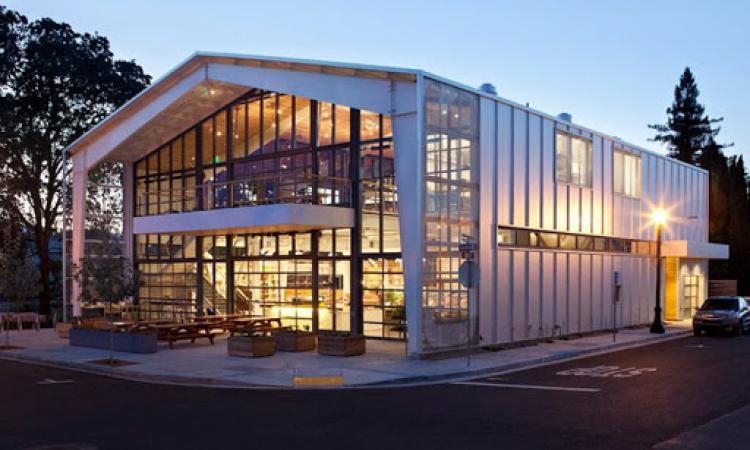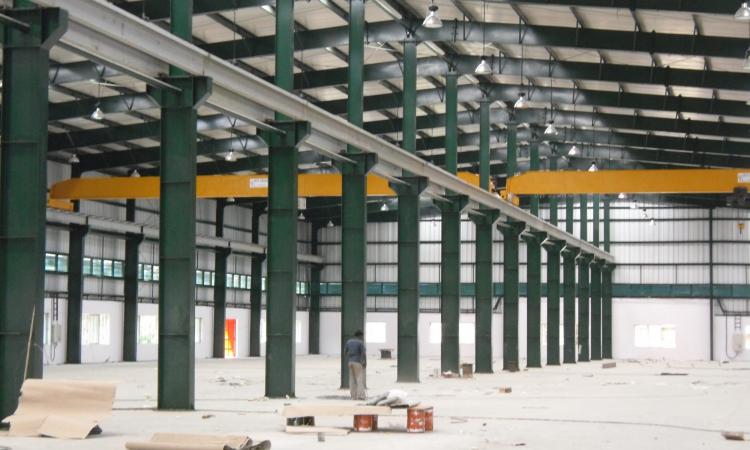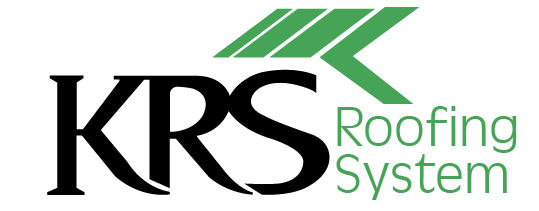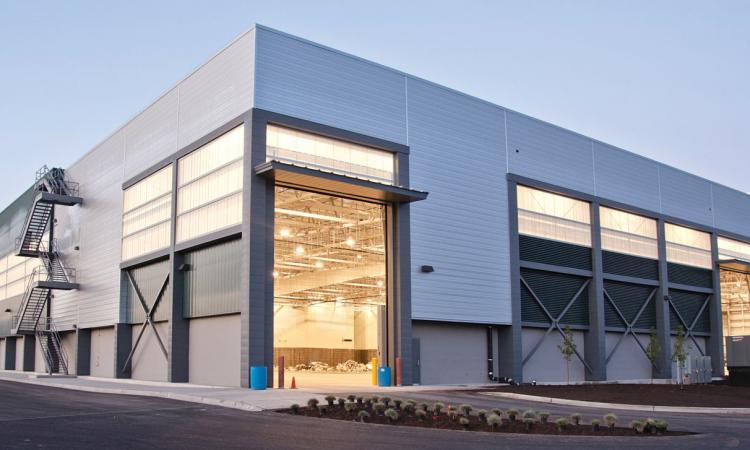
6 commonest Commercial Roofs and Roofing Materials
Commercial roofs are available many forms, with all built according to the wants of the building and thus the budget of the owner. the sort of roof your commercial property has played an integral role within the general health of the building, and thus the longevity of the roof itself. the encircling environment, typical weather, and any extraneous variables like animals, foliage, etc. also will have an impact on the integrity of the roof over time.
There is various roofing system such as built-up roofing membrane, metal roofing, modified bitumen roofing, thermoset roof membrane, thermoplastic roof membrane, green roofing.
To help you gain an understanding of what it takes to construct a high-quality commercial roof, we’re going to inspect the foremost common classifications of commercials roofs and thus the roofing materials used to create them.
It’s important to note that the bulk commercial roofs are either flat or low slope, which narrows down the available roofing materials. The six commonest roof classifications include:
Built-Up Roofing (BUR) Membrane
Metal Roofing
Modified Bitumen Roofing
Thermoset (EPDM) Roof Membrane
Thermoplastic (PVC & TPO) Roof Membrane
Garden “Green” Roofing System
1. BUILT-UP ROOFING MEMBRANE
Built-up roofing, or “BUR” as it’s commonly known, is really your standard tar-and-gravel roof. It’s built with multiple layers (piles). are often this is often a flexible roof type because the number of layers can be varied to help control costs or meet certain durability requirements you'll need to address. It’s a very old low-slope roof system and is one of the foremost cost-effective and hard roofing types available today.
2. METAL ROOFING
A metal roofing could also be a really fashionable commercial roof type because there are numerous differing types of metal materials available to be utilized in such a roofing system, including:
Corrugated galvanized steel
Aggregates of zinc, aluminium, and silicon-coated steel
Metal tile sheets
Copper
Aluminium
Stainless steel
Stone-coated steel
Tin
And lead
Since metal is susceptible to rusting, protective surface layers are added to manage damage from prolonged exposure to sunlight and other environmental dangers. Metal roofing also has the advantage of getting a gorgeous, finished look, but when budget and sturdiness are of the utmost importance, it’s knowing to accompany what works best rather than what looks best. KRS Roofing is the best Metal roofing contractor do, however, have strong fire resistance ratings, and are both stronger and more durable compared to traditional commercial roofing options. They also help create a more sustainable design for your building.
3. MODIFIED BITUMEN ROOFING
Reinforced roof fabrics are applied to act as “carriers” for bitumen, which is later cut and installed in layers almost like BUR membranes. These roofing systems are generally fastened to commercial rooftops as two-ply systems, adhered to the roofing deck for max stability and protection.
Maintenance of modified bitumen roofs are simple and should typically be handled with annual inspections and cleaning. they supply enhanced lastingness compared to most other flat roof types that have regular foot traffic, which suggests if you anticipate plenty of activity on your commercial building roof, modified bitumen could even be ideal.
4. THERMOSET ROOF MEMBRANE
Also mentioned as EPDM roofing, Thermoset roof system offer long-lasting durability and adaptability, paired with a simple installation and straightforward maintenance/repair as compared to most other commercial roof types. EPDM boasts a strong resistance to ultraviolet and ozone and is formed from a single-ply rubber material.
Other benefits include great flexibility in colder temperatures; resistance to some acids, solvents, and alcohol; and reflective properties that help lower cooling costs.
5. THERMOPLASTIC ROOF MEMBRANE
Thermoplastic Polyolefin (TPO) and Poly Vinyl Chloride (PVC) roofing systems are lightweight, highly reflective, and provide excellent weathering and resistance to UV light, punctures/tears, and most chemicals, including oils, animal fats, and bacterial growth. The seam strength offered by thermoplastic roofs makes it ideal for second-generation applications, too. the character of these resistances makes thermoplastic roof membrane popular for restaurants, temporary and permanent building and other businesses that emit oils and/or fats from their ventilation systems.
Other benefits range from a high-temperature tolerance to high resistance to fireside and high winds.
6. GREEN ROOFING
Green roofs are perhaps the foremost versatile quite a commercial roof around today. They’ve not only become popular in recent years, but they present a really sustainable option for commercial properties and businesses. The leading advantage of green roofing systems is their ability to protect commercial buildings from the weather while simultaneously managing water, drainage, and improving energy efficiency. They’re beautiful to look at and a huge step toward a more sustainable, environmentally-friendly commercial property.
If your commercial property needs a replacement roof or you’re considering all of your commercial artefact options, take a look at what some local experts do to determine what might be right for you.

